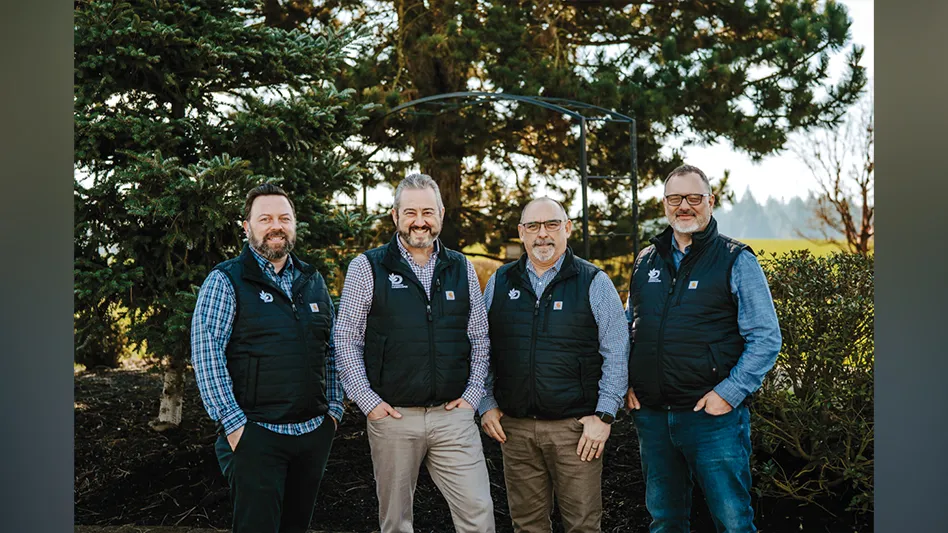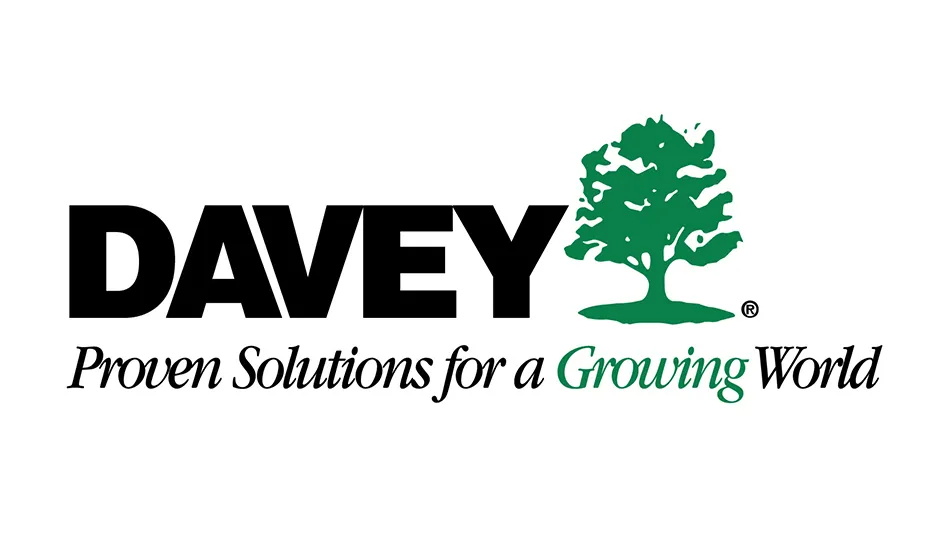It may not be something at the top of your mind, but Judy Guido says if you aren’t communicating your sustainable practices and services to the public, then you are missing an opportunity. If you’ve ever planted a perennial, incorporated ground cover on a project or used a GPS program to size a property instead of driving there, you’ve taken sustainable steps.
Guido, owner of Guido & Associates, a marketing and PR consulting firm gave the keynote address at the second annual Hologanix Bionutrional Summit.
Guido discussed research she did where she surveyed/spoke with 2,000 distributors, contractors, homeowners – the green industry marketplace about sustainability.
Here are some highlights of her speech:
• Guido said the myth that sustainability is a fad is not true. She backed it up with numbers that showed profits were 61 percent greater when top management was involved with sustainability within a company, while it’s only about 40 percent with no top management involvement.
• She said the myth that green products are more expensive is also not true. Guido found green products were 6-8 percent less expensive.
• When Guido asks companies why they don’t have a sustainability program, they say that their customers haven’t asked. That’s not the way to operate, Guido said. “Followers wait to be asked, leaders introduce innovation,” she said. “We have a lot of followers in our industry. Thank God we have a lot of leaders.”
• When trying to introduce sustainable services to customers, never ask them how it fits into their budget. In fact, never use the word budget in any question because that makes you an adversary to the customer. Instead, ask what they are willing to invest. “In investments, there is a return. (The customer) gets something back. We went from adversaries to advocates,” she said.
Marketing and recruiting.
Chris Heiler, founder and president of Landscape Leadership, spoke on the topic of “How to use inbound marketing to convert website traffic into qualified leads and customers.”
The main focus of Heiler’s talk was how companies can be more purposeful with their marketing strategies, especially when it comes to online marketing. Heiler said that today, companies need to use inbound marketing, not ‘outbound’ marketing, because people are turned off when they’re bombarded with advertisements. Inbound marketing is all about attracting potential customers to you; putting your business in a position to be found when potential customers are looking.
Another tip Heiler highlighted was how to make your company website more appealing. He said 75 to 90 percent of people visiting your website are not ready to buy. They’re in fact-finding mode, meaning they are not ready to pick up the phone and call, or fill out a consultation form.
Most people make the mistake of only appealing to the people ready to buy, and their websites end up being a turnoff. If someone comes to your site and feels to pressured to speak to someone, they’ll leave the site and when they do decide to look more seriously, there’s a slim chance they’ll come back to look at your company again.
Heiler also said it is important for companies to put their URLs everywhere: shirts, vans, invoices, etc, in order to make their company more visible to potential clients.
Recruiting. Bill Arman and Ed Laflamme of the Harvest Group delved into the deep end of the recruiting process, highlighting the 10 steps to recruiting successfully: look into retention versus recruiting, build and shape your culture, take stock and good care of what you have, identify the needs, identify the target, get your recruitment tools ready, practice the recruiting “best practices,” go to the source, screening and interviewing, and hiring and on boarding.
Halfway through the talk, the audience was asked how many were currently looking for employees. Around half of the group raised their hands, with some saying they knew they would be looking soon. Arman and Laflamme said you always need to be on the lookout for potential hires, whether it be in an elevator or by looking up local colleges that offer courses for students with English as a second language. Instead of expecting potential employees to come to you, reach out and find them on your own.





